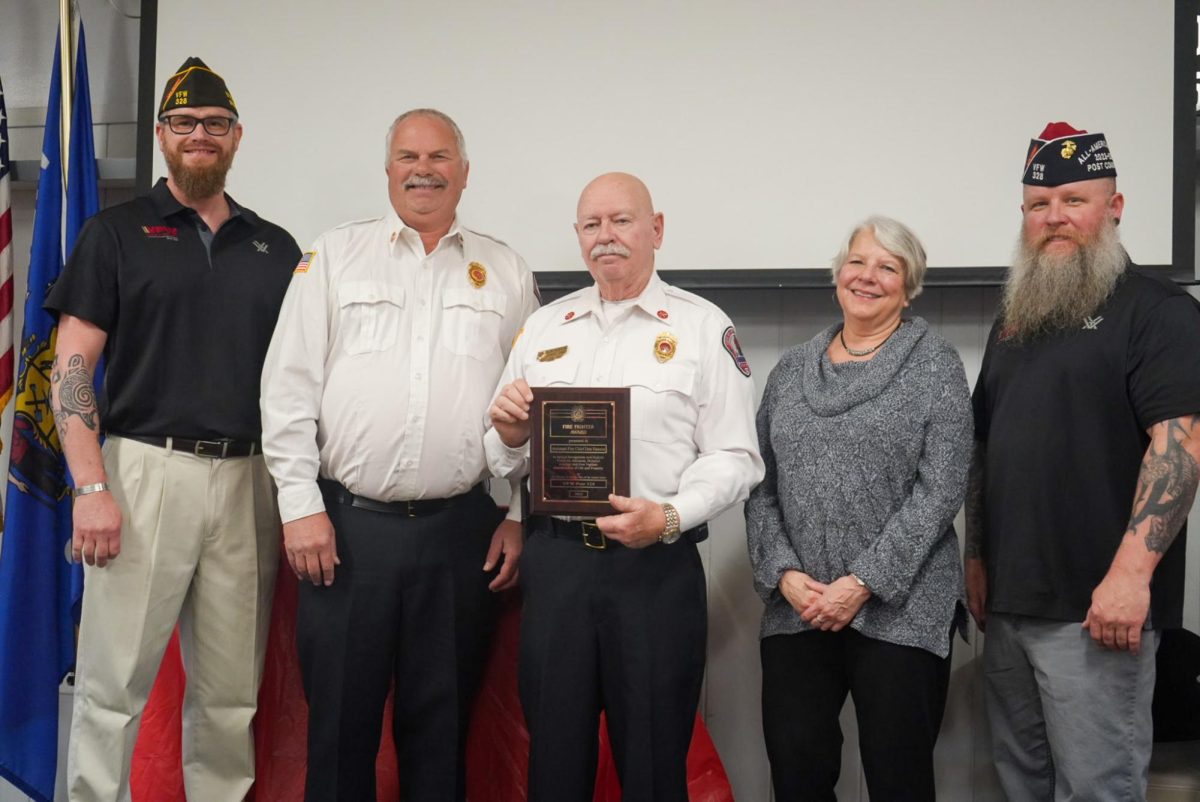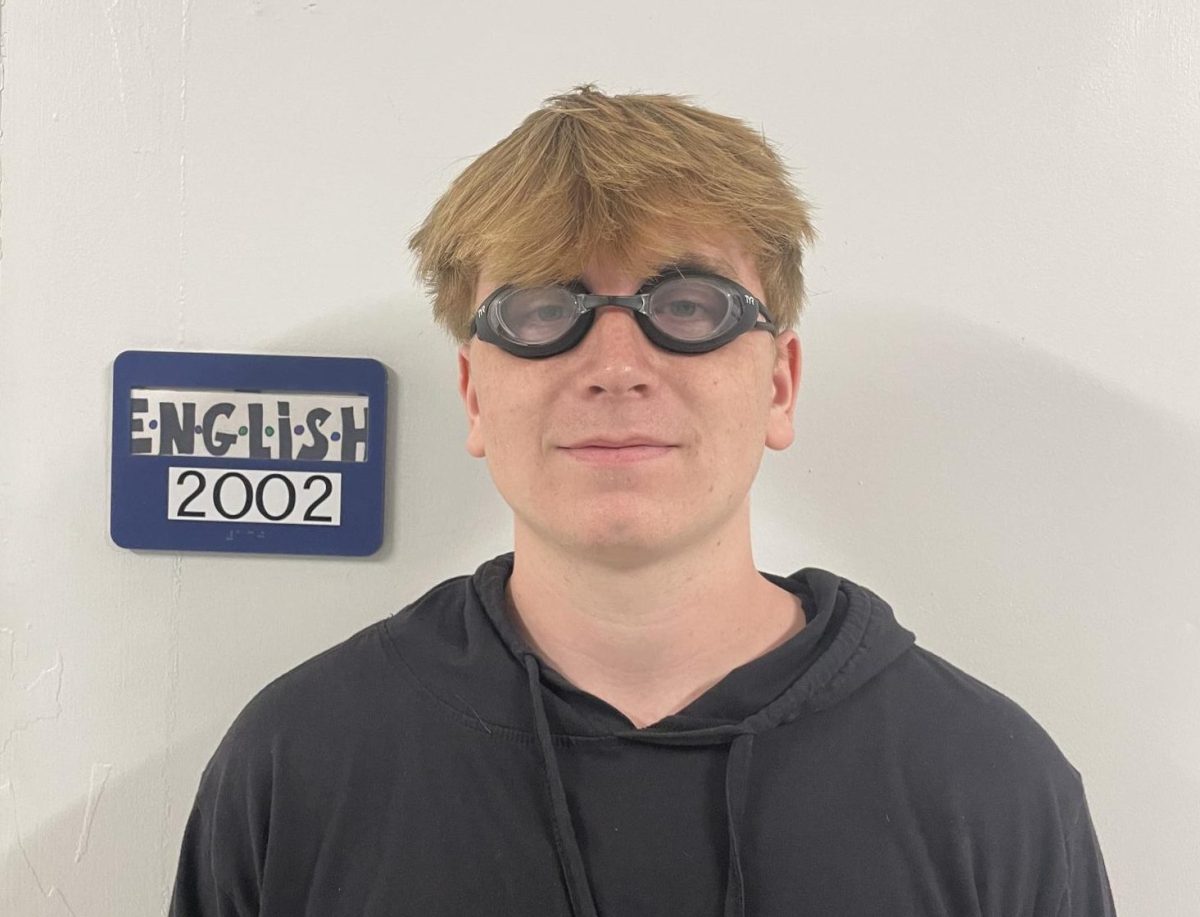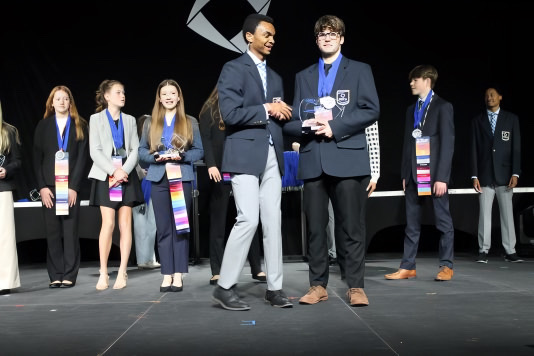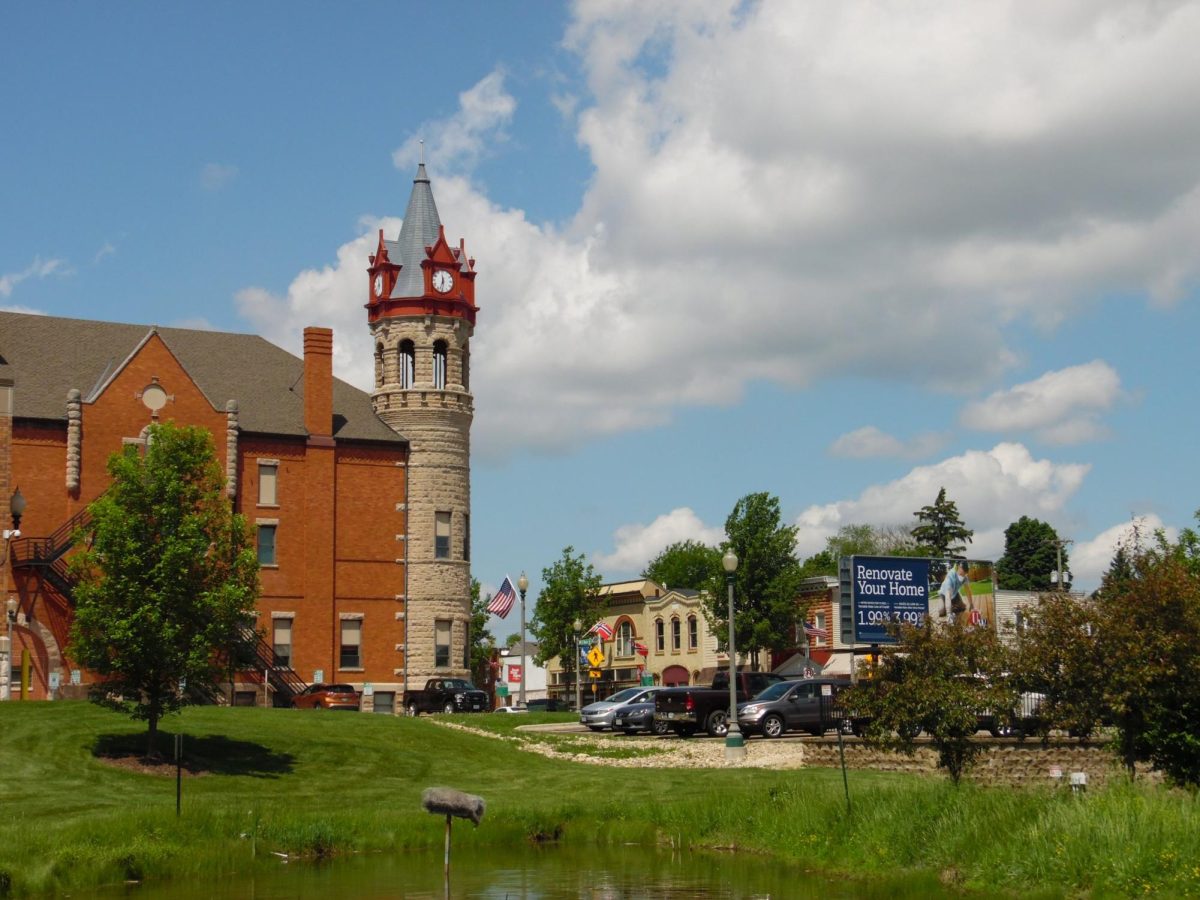For many Stoughton High School students, the Nov. 5, 2024 election will be their first opportunity to cast a ballot.
In the time leading up to that day, candidates will make appearances, give speeches, and spend billions of dollars on their campaigns, all hoping to gain one thing: your vote.
Every presidential election cycle brings innovations, ideas, and overall change. However, one continuity amongst them seems to be targeting one specific demographic: the undecided voter.
Although both the Democratic and Republican parties have yet to officially declare their nominees, Joe Biden and Donald Trump have swept the polls, both garnering more support than any of their challengers.
In the midst of this, many voters across the country are stranded, unsure of which candidate (if any) fulfills their vision of an idealistic American president.
Who are these undecided voters? What issues matter most to them, and how far will candidates go to win their votes?
One key factor behind the reasoning of undecided voters is the redundancy of the 2024 election, with many being discouraged by the prospect of a Trump and Biden rematch, not unlike the race we saw in 2020. Amongst them is SHS junior E Olsen.
“None of the options are great,” Olsen said. “Not voting doesn’t work. Voting doesn’t work. So what do I do?”
Despite the stigma that voting outside of the United State’s two-party system is a wasted vote, voting for a third-party candidate has become increasingly popular in recent years. However, according to Olsen, this option isn’t as viable as it may seem.
“In a perfect world, [voting third-party] would be the solution. But, currently, there is no one that lives up to the task of being that perfect third-party candidate,” Olsen said.
But what does the idealistic presidential candidate look like for undecided voters? Although this varies by person, there’s a definite consensus for Olsen.
“I would like to move towards people who aren’t just old and white. Even with the last female candidate, she was also old and white,” Olsen said. “I’d prefer someone […] who also actually interacts with the people that they’re trying to represent.”
One issue Olsen—and many other undecided voters—have is the lackluster promises politicians seem to make on campaign trails.
“Before [Biden] got elected, he was very much talking about forgiving student debt and [increasing] reproductive rights, and then he completely did nothing about either of them,” Olsen said. “Unfortunately, I think with a lot of candidates right now, they’re trying to get the vote but not trying to uphold what they said they were going to do.”
Another SHS student who considers themselves an undecided voter is senior Luke Parisi. Although he is still determining which candidate to support, Parisi recognizes the strengths and weaknesses of both parties.
“I consider myself an undecided voter because […] I feel like both sides have their good and bad,” Parisi said.
Like many other undecided voters, Parisi’s vision of the ideal candidate doesn’t perfectly align with any candidates currently running. However, when considering who to vote for, Parisi has an idea of critical issues that are important to him.
“How [candidates are] going to help our country, our economy, and best support my ideas [is most important to me],” Parisi said. “If our president is going to put us in war for ten years, obviously, I don’t want that. […] Or if they’re really out there and don’t really process what they say before they say it, I feel like that could be a bad face for the country and to represent us.”
As a swing state, all eyes are fixated on Wisconsin voters, especially those who are undecided. Increasingly, elections have come down to the decisions of swing voters, and Wisconsin’s undecided voters could be the tipping point of who wins not only the state but the presidency as a whole. For many candidates, gaining the undecided votes is an elusive concept. However, Parisi has a few ideas for how candidates can effectively reach these young, undecided voters.
“I think to get the young voters and bring them in, [candidates should] talk to them,” Parisi said. “I think it would help because I know not a lot of young voters are aware of their candidate options.”
Given the closeness of current polling, undecided voters arguably hold more power now than ever before. Both Biden and Trump have attempted to appeal to these voters in Wisconsin, with Trump making an appearance in Green Bay on April 2, and Biden in Madison on April 8. Despite their differences, both candidates know one thing: to not underestimate the impact of undecided voters.
Categories:
On The Fence: The Minds of The Undecided
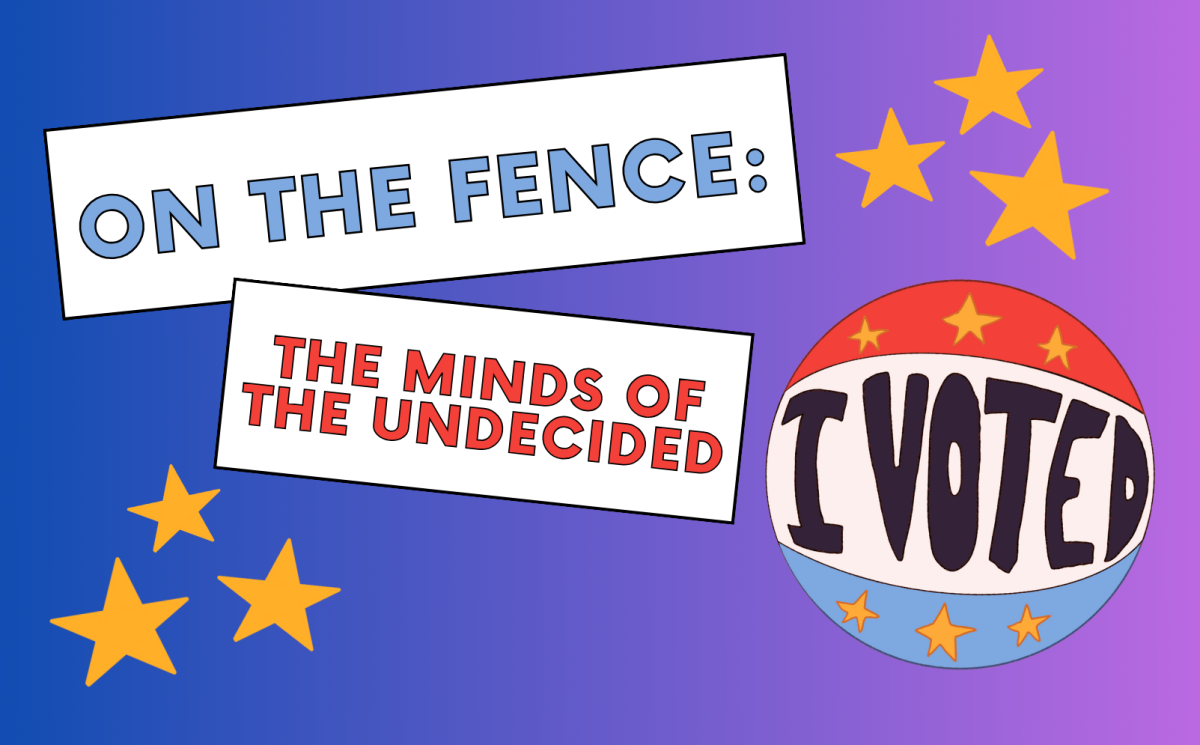
Art by Miles Heritsch, Photo Illustration by Madeline Monthie
0
More to Discover
About the Contributor
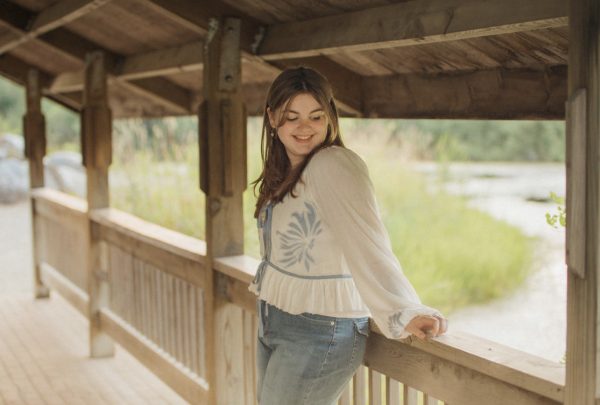
Madeline Monthie, Features Editor and Social Media Manager
Madeline is a senior, and this is her third year on staff! She’s the features editor and social media manager. She joined the Norse Star because she loves writing and journalism, especially interviewing people and getting to know them and their stories. She’s in the National Honor Society, Key Club, and Student Senate. After high school, she’d like to major in English. Outside of school, she likes to read, hike, write, and listen to music.



